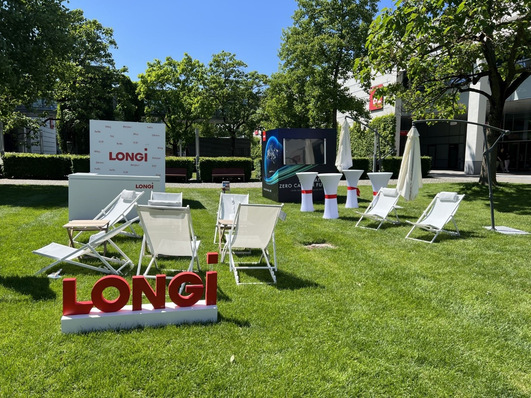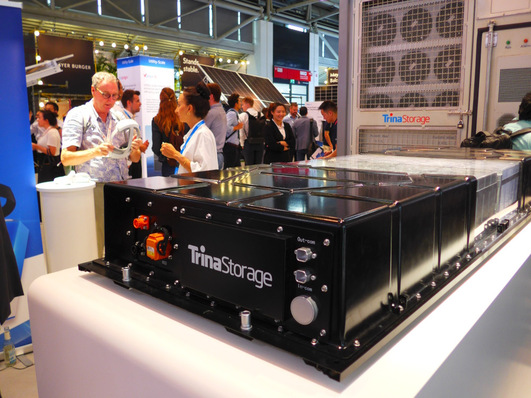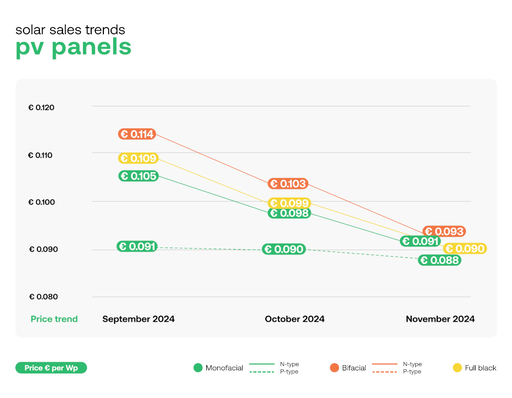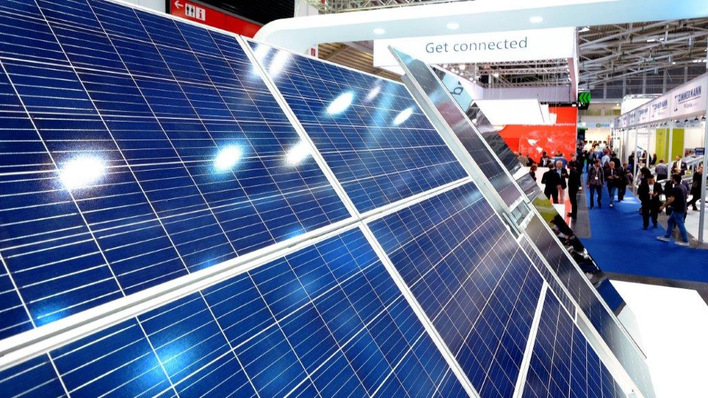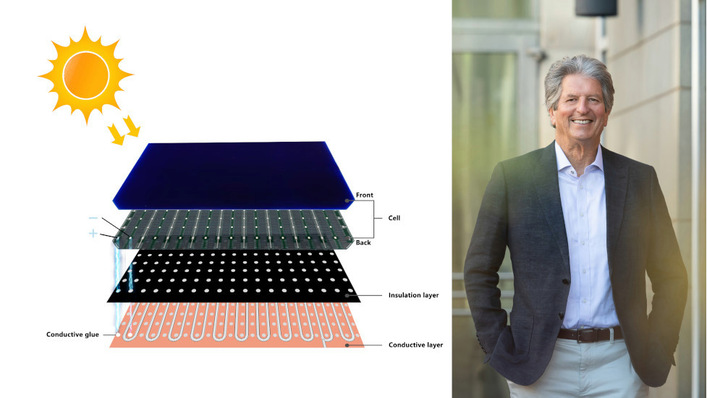The Austrian Institute of Technology (AIT), together with the Fraunhofer Institute for Solar Energy Systems and Forster Industrietechnik, has sounded out the possibilities of how long-distance roads and motorways can be roofed with solar modules. The main aim of the PV South project is to find out whether and how such roofing can add value to the road system beyond electricity production and can also be integrated into the ongoing maintenance and care routine. The latter involves, among other things, how snow clearance and cleaning of the road and the solar system can be combined.
Double use of the roofing
The added value for the road, on the other hand, is obvious through roofing. This provides better protection for the road surface against rain and moisture, but also against heat. The extent to which this extends the service life of the pavement is also the subject of the research project. In addition, there are also aspects of traffic safety, among others. In a first step, the project partners will develop a suitable substructure and combine it with suitable modules.
System must stand securely
The system must be stable and meet the requirements regarding wind and snow loads. After all, such a roofing will be higher than the elevation of modules in the solar park. On the other hand, the substructure must also meet the requirements for impact safety so that it does not tip over if a vehicle drives at high speed or a heavy truck hits the posts of the mounting system.
One year trial period
When the project partners have found a suitable solution, it will be built along a road. The researchers will equip it with extensive measurement technology to collect corresponding data for over a year. This will enable the researchers to investigate how such a construction can meet the diverse requirements of the road network. "The various requirements are to be tested in terms of technical feasibility and economic feasibility," explains project manager Manfred Haider from the AIT Centre for Mobility Systems. "We hope that the analyses of the concept phase as well as the measurement data of the demonstrator will provide us with valuable insights for the future use of such photovoltaic systems in Germany, Austria and Switzerland". (hcn/su)


